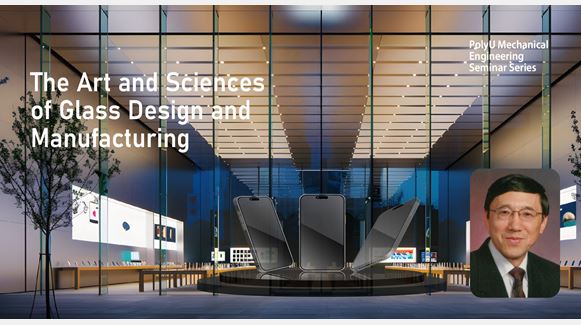Guest Speaker: Dr XU Kang
Chief Scientist
SES AI Corp.
USA
Kang Xu is an MRS Fellow, ECS Fellow, ARL Fellow (emeritus), and currently the Chief Scientist of SES AI Corp. based in Boston, MA. He received Ph.D. in Chemistry under the tutelage of Prof. Austen Angell at Arizona State University, and has been conducting electrolytes and interphasial chemistry research for the past 30 years. He has published 320+ papers, wrote/edited 5 books/chapters, and obtained 20+ US patents, with total citation of 75,000+ and an h-index of 133. He is a Clarivate’s highly-cited author and one of the top 2% most influential researchers in the Stanford Database. Among his numerous publications, he is best known in the field for the two comprehensive reviews published at Chemical Reviews in 2004 and 2014, and the textbook entitled “Electrolytes, Interfaces and Interphases” published by RSC Press in April 2023. His work has received many recognitions and awards within DoD and in the field, including multiple Depart of the Army R&D Awards, the 2015 UMD Invention of the Year, 2017 International Battery Association Technology Award, and 2018 ECS Battery Research Award. Upon his retirement from federal service 2023, he received an Army Civilian Service Medal.
Abstract
Following Whittingham’s first reversible intercalation electrode (1972) and Goodenough’s identification of oxides as more viable materials (1980), it took two decades for the modern lithium-ion batteries (LIBs) to be invented (Sony 1990 and Sanyo 1991). It would take another decade for someone to finally integrate these tiny LIBs into a car (AC Propulsion, 2000) and then verify their viability in electric vehicles that can be mass-produced (Tesla, 2006). Fast-forwarding into the 2020s, LIB is regarded as a strategic technology of national security significance, driven by the compounded forces intertwined with geopolitical animosity, supply chain anxiety, as well as climate change concern and responsibility for the environment and future generations. This new complicated scenario, starting about a decade ago but only becoming pronounced in the last 5 years, undoubtedly accelerated the penetration of LIB technology in every aspect of our life, from mobile to transportation to grid-storage, with new application scenarios such as Urban Air Mobility looming over the horizon. In this talk, I will review the history of key events that led to the invention of LIBs, and discuss the possibilities of designing the next generation batteries with the aid of the contemporary AI revolution.








